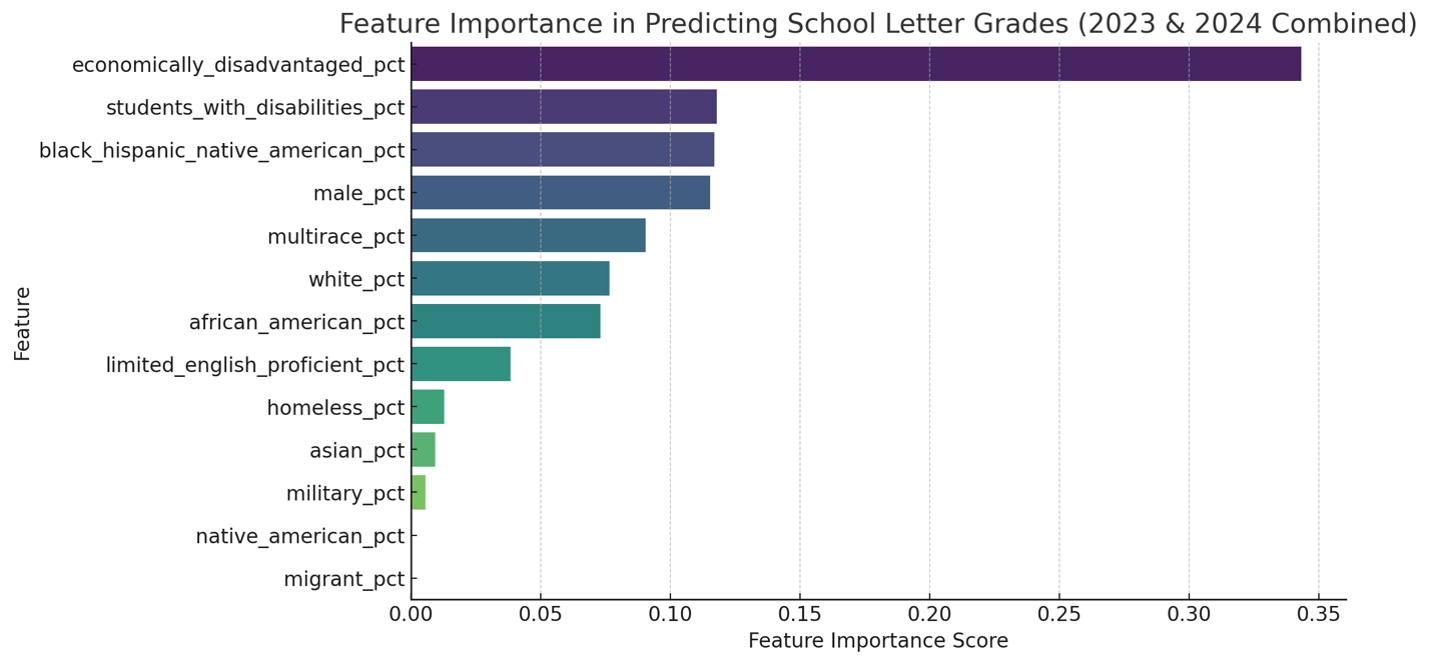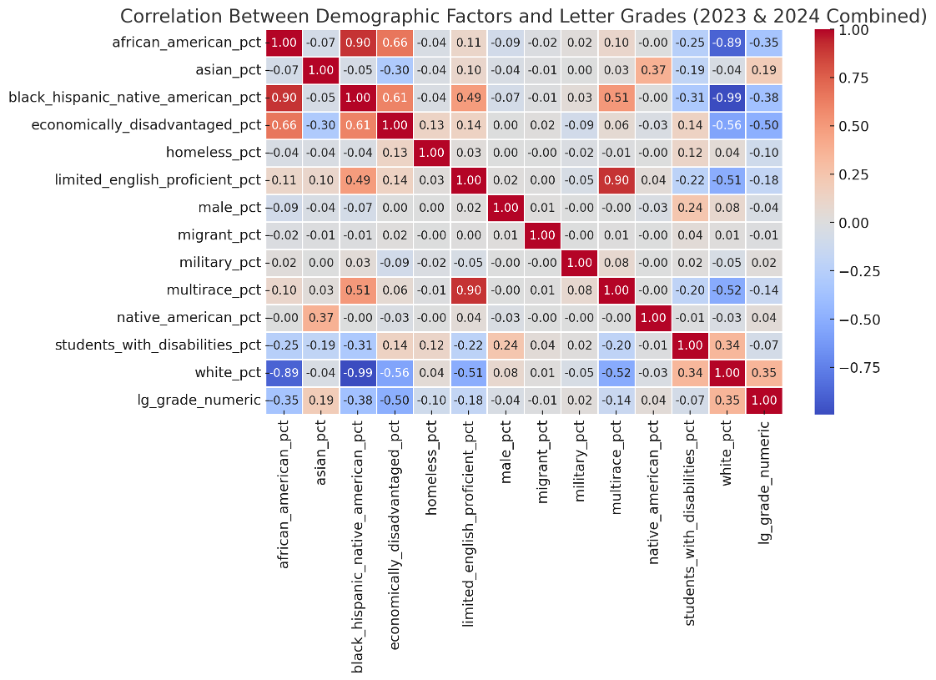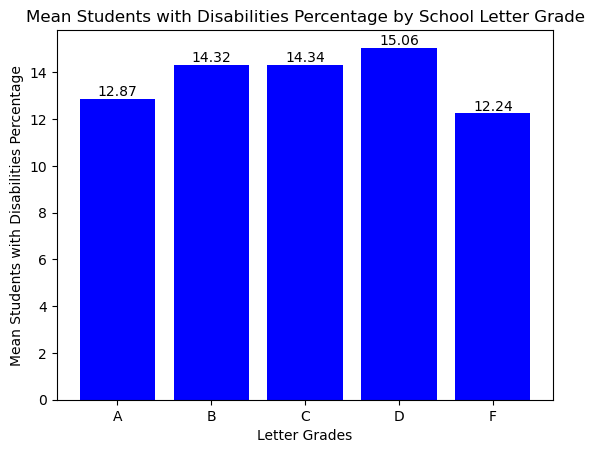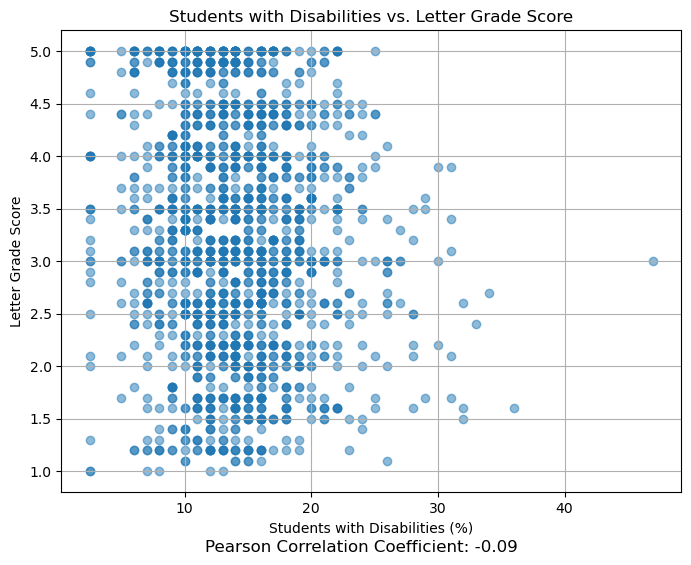When researching fantasy football strategies, you’ll notice that they almost all say the same thing: draft Ja’Marr Chase or Justin Jefferson in the first round. Beyond that, it gets a little hazy. Some say to go heavy with WRs and some say to go heavy with RBs, and some say don’t even look at a RB or QB until the 5th round. Sifting through all of this great advice is a slog, and ultimately, you’re left a bit more confused than you were in the beginning. This year, I’m turning to AI to organize this information into something that I can use both ahead of time and in real time to draft my fantasy football team.
My AI strategy
My plan is to use NotebookLM as my draft day guide and the place where all of my research ends up. You can see my notebook at the link above.
In the notebook, I had ChatGPT generate a deep research prompt to use. This is what it came up with:
"Fantasy Football Deep Research Prompt I am preparing for a 10-team PPR fantasy football league with the following setup: Roster Size: 16 players Starters: 9 Bench: 7 (+1 IR) Positions: QB: 1 (max 4) RB: 2 (max 8) WR: 2 (max 8) TE: 1 (max 3) FLEX: 1 (RB/WR/TE) D/ST: 1 (max 3) K: 1 (max 3) Scoring System: Head-to-Head Points, PPR (point per reception). Draft Type: Snake Draft. Research Goals Draft Rankings & Strategy Provide updated player rankings and tiers for QB, RB, WR, TE, FLEX, D/ST, and K in a 10-team PPR league. Identify early-round must-target players at each position based on projected points per game, positional scarcity, and upside. Recommend value picks and sleepers (players likely to outperform ADP). List players to avoid (injury risk, overvalued, declining production). Positional Breakdown Ideal draft strategy by round (e.g., RB-heavy early vs. WR priority). Depth chart analysis: when to prioritize QB vs. TE vs. FLEX depth. Defense & kicker strategy (when to draft, which matchups to target). Schedule & Playoff Outlook Identify players/teams with the most favorable fantasy playoff schedules (Weeks 15–17). Highlight key players with tough matchups to avoid. Advanced Analytics Use expected fantasy points (xFP), target share, snap counts, and red-zone usage to identify breakout players. Incorporate injury history and workload trends into rankings. Compare upside vs. floor for mid-round picks. League-Specific Adjustments How roster depth (7 bench spots, 1 IR) should affect draft strategy. Best balance between high-floor starters vs. high-upside bench stashes. Waiver wire strategy recommendations given a 10-team setup (shallower league, stronger FA pool) This should give you a highly targeted research pack with rankings, projections, draft plans, and league-specific strategy tailored to your exact format.I then used this same prompt for ChatGPT, Google Gemini, Claude, and Perplexity.
I downloaded each result to a PDF and then added it my NotebookLM. I generated a Mindmap, Podcast, and Presentation from NotebookLM (mostly for fun). The mindmap is very useful.
My plan is to talk to NotebookLM in real-time to let it know who has been drafted to give me a suggestion for my next pick. I will also put the same questions into AI. I only have 60 seconds to draft my next player, so I will have to be fast and be ready to go.
I’ll let you know how it turns out. Last year, I forgot about the draft only 15 minutes after sitting down to do it, and I finished 2nd in the league, so maybe this year will be better (or much worse).
Enjoy this video overview that my NotebookLM generated from my fantasy research docs, and don’t miss the podcast that it generated.










































